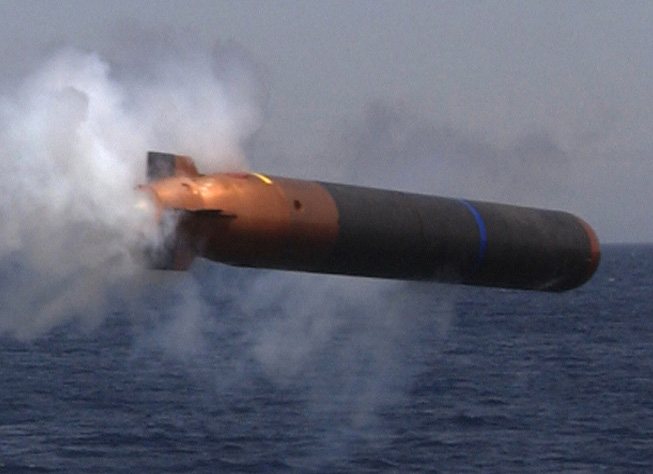In 1969, the Applied Research Laboratory at Penn State began work, under U.S. Navy sponsorship, on a lithium-based thermal energy system for torpedo application. The system, known as the Stored Chemical Energy Propulsion System (SCEPS), was applicable to the high-power, short-duration mission of a torpedo. In a subsequent effort to further torpedo capabilities, DARPA subsequently selected the SCEPS heat source for use with an engine design that could be suitable for deployment in a long-endurance undersea vehicle.
One of the engineering obstacles that the DARPA adaptation of the heat source overcame was the development of long-life injectors of SF6 (one of the SCEPS chemical ingredients) that could survive in the systems molten lithium bath. The Navy SCEPS program, which had also been experiencing some difficulty with injectors, adapted the DARPA technology. SCEPS became the power plant for the MK 50 Torpedo, which the Navy first authorized for use in late 1992.
